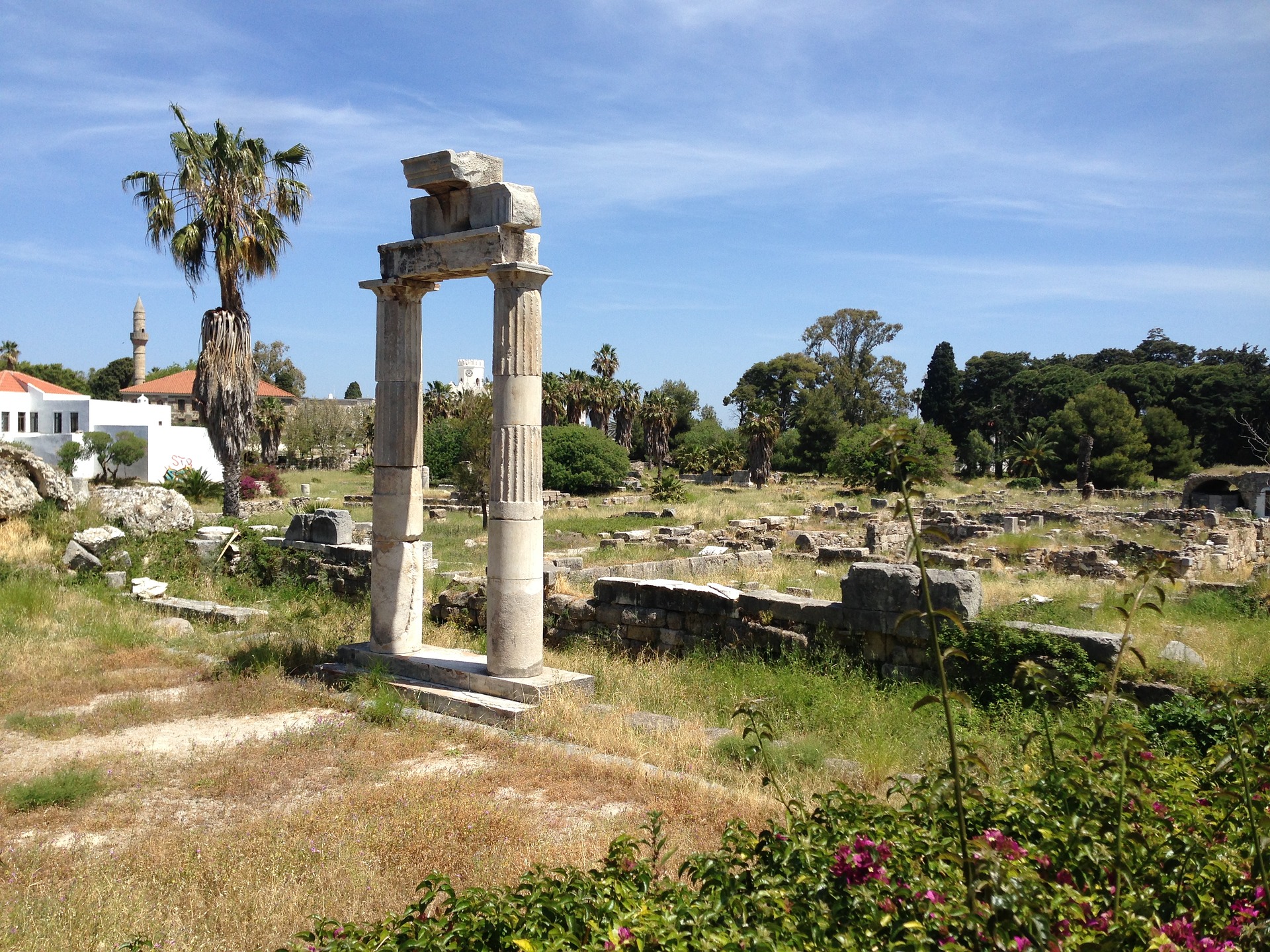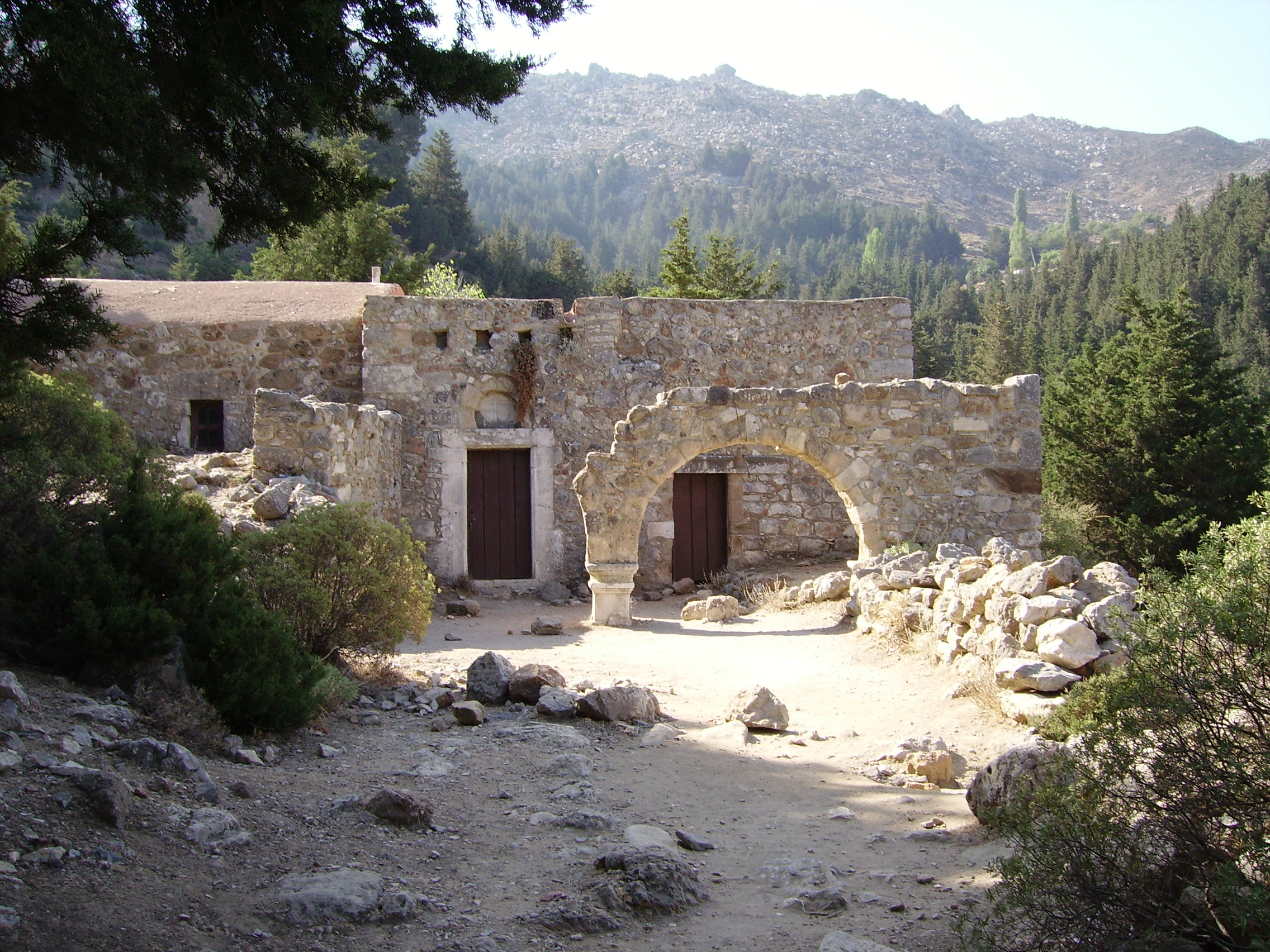Five Old Settlements Worth Visiting on Kos
Like all Greek islands, Kos has a long history with traces still visible at every turn. Kos Town has the largest concentration of Greek ruins, signs of a civilization ages ahead of its time, with healers with a hedonistic and scientific approach to medicine as early as 500 BC. The father of modern medicine, Hippocrates, was born on the island in 460 BC, and the ruins of his Askleipion – well preserved and ever-so-fascinating – stand today as a testament to the legacy given to the world by this small Greek island in the Aegean Sea.
Kos island visitors have a lot to explore when they vacation on this beautiful island. Among the most interesting settlements, Kos Town, Kefalos, Antimachia, Agios Dimitros, and Pyli offer a mix of history, tradition, and authentic lifestyle that will leave long-lasting impressions.

Kos Town
From all old settlements on the island, Kos Town has the largest concentration of ruins – traces of the advanced civilization we have mentioned in the opening of this guide. Although the Asklepion is outside the city walls, there’s still plenty to see when you stroll about Kos Town.
The main landmarks include:
- Tree of Hippocrates: A legendary site, allegedly the place where the father of modern medicine sat down teaching his scholars. This is the largest platane in Europe, about 500 years old and supposedly a descendant of the original tree that stood here in the time of Hippocrates. Next to the tree you can visit the Archaeological Museum of Kos.
- Ancient Agora of Kos: A must-see in Kos Town, it stands not far from the Tree of Hippocrates and the Archeological Museum. It dates from the 4th century BC and is one of the largest sites of its kind excavated in Greece – although most of it remains buried under the city. Besides the site of the ancient Agora, you can also see here remains of the city fortifications, a Christian Basilica dating from the 5th century, and the temples of Venus and Hercules.
- Roman Odeon: The ancient Odeon is part of the larger complex of the Ancient Town of Kos. It dates from the 2nd century BC and it is still used for musical and cultural events.
- Ancient Gymnasium of Kos: A well-preserved site, also part of the complex of the Ancient Town of Kos. The Ancient Gymnasium of Kos (Xisto) dates from the 3rd century BC. It is next to the harbor, in the eastern part of Kos Town.
- Casa Romana: The Roman House is a historic landmark from the Hellenistic period. Inside, you can admire mosaics dating back to the 3rd century AD, sculptures, coins, pottery, and other artifacts of the Roman period in Kos.
- Nerantzia – the Castle of the Knights of Saint John: This is a well-preserved fortress dating from 1380-1514, which dominates the entrance of the harbor of Kos Town.
Kefalos
Kefalos was the first capital of the island – called Astypalaia, until 366 BC, when Kos became the capital. Archaeological discoveries in the cave Aspri Petra attest that Kefalos was inhabited since the Neolithic Period. Today, the old village retains its traditional Greek architecture, with narrow streets and clusters of wall-to-wall houses. Significant is also the specific dialect that attests that the locals are committed to preserving their traditions and cultural values.
Kefalos has only one landmark from the Hellenistic period, the Palatia, with the ruins of an ancient theatre dating from the 2nd century BC. Archaeological excavations also brought to light the foundations of a Doric temple to the goddess of the harvest Demeter and a statue of the muse Clio. Several other discoveries from the same area are now on display at the Archaeological Museum of Kos.
Another noteworthy landmark of Kefalos is the Byzantine Castle, which, like the Nerantzia castle of Kos Town was erected by the Knights Hospitaller.

Antimachia
Antimachia is one of the oldest settlements on the island – already inhabited in the Neolithic Period. Landmarks worth seeing here include:
- Antimachia Castle: The second stronghold built on Kos by Knights Hospitaller, the Antimachia Castle was part of a network of fortifications that included the Nerantzia Castle in the port of Kos, the castle in Pyli, and the castle in Kefalos.
- Mylos tou Papa: The Windmill of Antimachia, Mylos tou Papa, traces its existence back to the 19th It is a monument of Greek architecture, fully functional, with a capacity of grounding 600 to 800 kilograms of wheat in roughly eight hours. It has a small museum and bakery, gift shop, and café.
- House of Antimachia: A museum opposite the traditional windmill of Antimachia. It showcases various tools, traditional furniture, and old appliances from the region.
Agios Dimitros (Haihoutes)
Agios Dimitros is a ghost village, however worth a visit because of its picturesque charm. Its original name was Haihoutes, from the Armenian Haihoudes family who founded it in the late 18th century. Many Armenians settled here during the Turkish occupation. By 1821, there were 35 homes in the area. During World War II, many residents of Kos Town found in Haihoutes a safe haven, however, they left the village in the 1960s due to the lack of infrastructure. The village remained deserted until 2012 when a couple of entrepreneurs from Athens renovated a building and opened a taverna called “Haihoutes” after the original name of the village, which runs successfully today. The couple also cares for a small private museum. Visitors to Agios Dimitrios should also pay attention to the Church of Agios Dimitrios.
Pyli
Pyli is a quaint village, with traditional stone architecture and a picturesque central square surrounded by tavernas and cafes, which attract tourists and locals alike. There are several landmarks worth seeing in Pyli, including the ancient vaults of the village, the freshwater fountain with six spouts the next to St. Nicholas Church, and the Church of the Holy Cross (Stavros).
Outside Pyli, atop of a rocky hill west of the Mount Dikaios (sometimes spelled Dikeos), you will find the ruins of Paleo Pyli, a fortified castle, which was once part of the network of fortifications built by the Knights Hospitaller to protect the island. Unfortunately, the castle lays in total despair, but the hike to it will reveal unperturbed nature and some of the most beautiful views of Kos.



